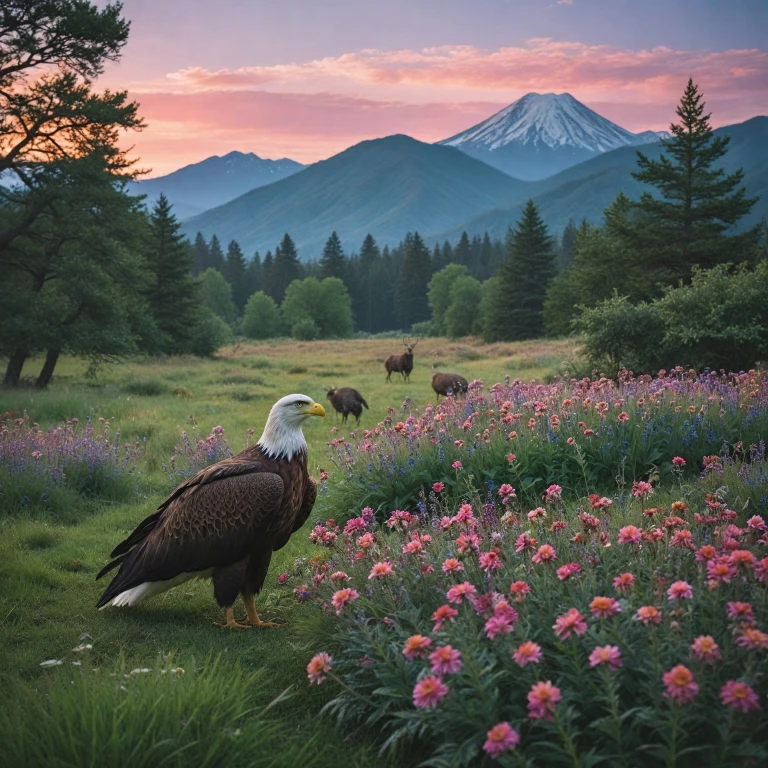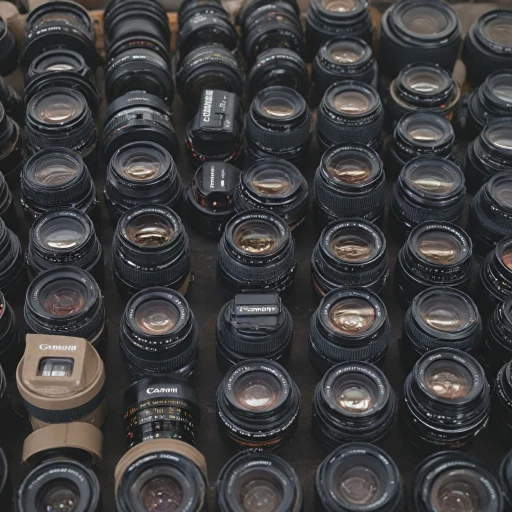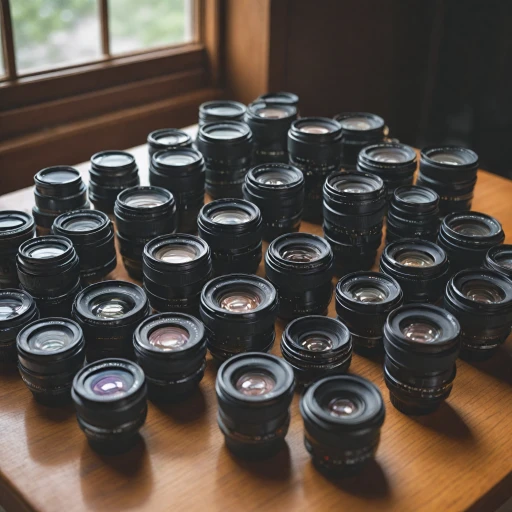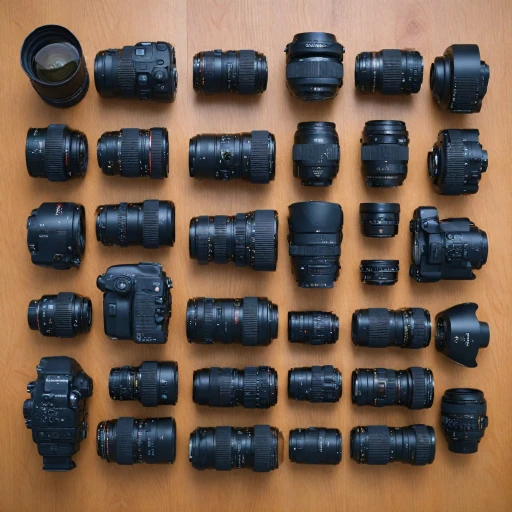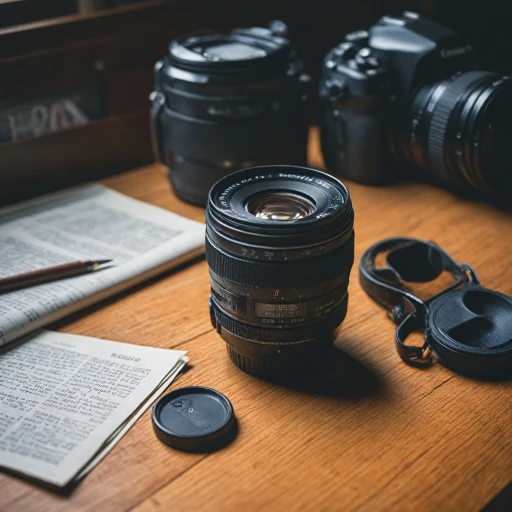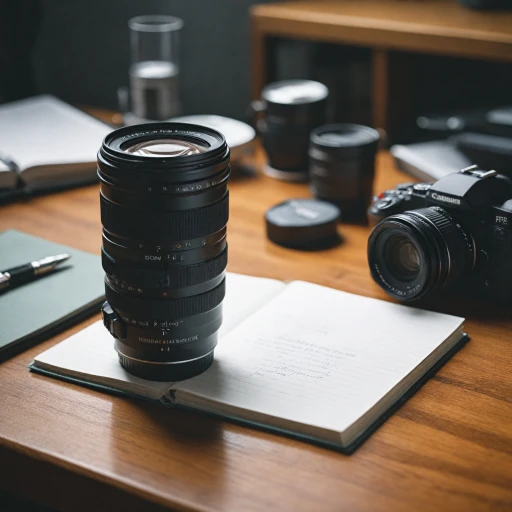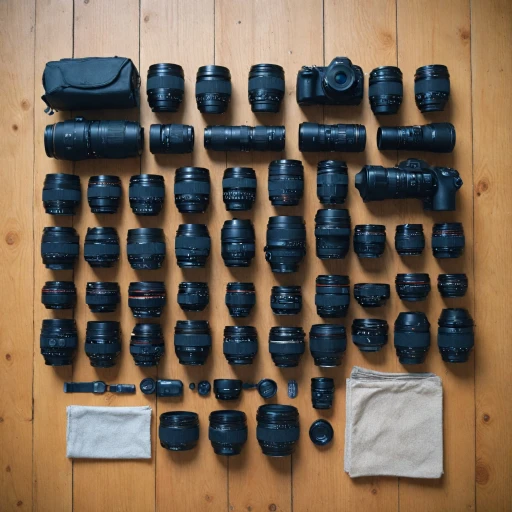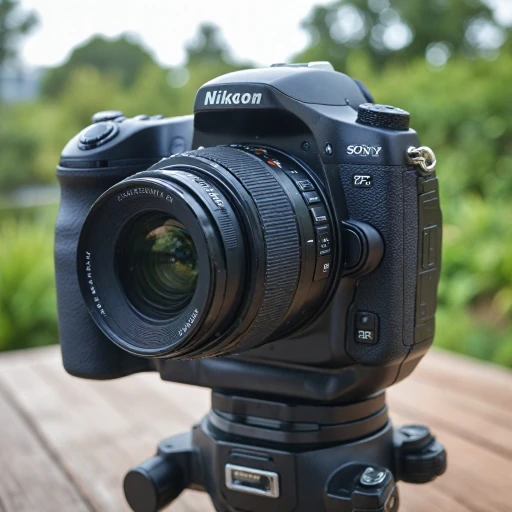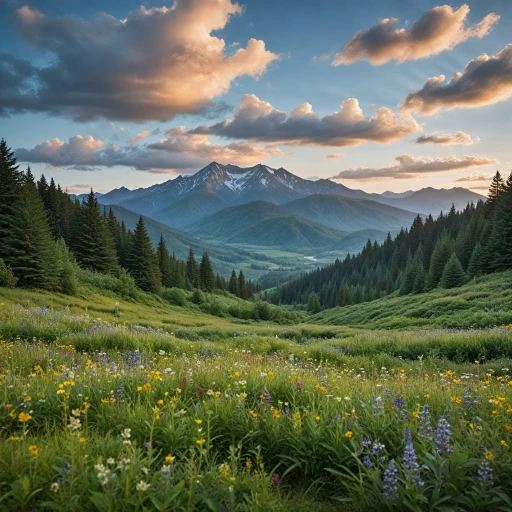Understanding the Benefits of Used Lenses
The Advantages of Opting for Used Lenses
Purchasing used lenses presents a practical route for wildlife photographers seeking to capture the beauty of the natural world without stretching their budget. These lenses often feature the same robust construction and high-quality optics seen in new products, making them a valuable option. Here are some of the key benefits you can expect:- Cost-Effectiveness: Used lenses, particularly those from established brands like Canon, can be significantly cheaper than their new counterparts while still offering excellent image quality. This affordability allows enthusiasts to experiment with different lens types such as telephoto or prime without financial strain.
- Proven Performance: Given the reputation of brands like Canon and Nikon, many used lenses have already proven their longevity and performance in various photography settings. This can provide peace of mind when capturing fast-paced wildlife moments.
- Wide Selection: The second-hand market offers a diverse range of lenses, from full frame or crop sensor to super telephoto options. This variety allows photographers to find a lens perfectly suited to their camera and shooting style.
- Built-In Quality: Most used lenses, such as the Canon USM lens, feature established technologies like image stabilization and optimum focal length that ensure top-notch quality in challenging lighting conditions.
Key Features to Look for in Wildlife Lenses
Essential Characteristics in Wildlife Lenses
When diving into wildlife photography, selecting the right lens is crucial. Several key features are essential when evaluating pre-owned Canon lenses tailored for capturing the beauty of nature's creatures. Let's explore the important aspects to consider.
- Focal Length: A primary consideration is the focal length of the lens. Wildlife photographers often require lenses with longer focal lengths to reach distant subjects. Lenses like the Canon 400mm f/5.6 offer significant reach, which is vital for photographing wildlife in their natural habitats.
- Image Stabilization: Modern Canon lenses often incorporate image stabilization, crucial for minimizing blur when capturing handheld shots. This feature allows photographers to work in low light or unstable conditions without compromising the image quality.
- Maximum Aperture: A wide maximum aperture facilitates better performance in low light scenarios, such as at dawn or dusk, while allowing faster shutter speeds. Lenses with a maximum aperture of f/4 or f/2.8 can significantly enhance your photographic results.
- Quality and Build: High-quality lenses, particularly telephoto and super telephoto options, should be robust to withstand harsh outdoor conditions. Canon's L-series lenses are known for their solid construction and reliable performance.
- Autofocus Performance: Fast and accurate autofocus is vital for capturing wildlife, which can be unpredictable and fast-moving. Canon USM lenses are noted for their swift and silent autofocus capabilities, an advantage during wildlife shoots.
- Compatible Camera Body: Ensure lens compatibility with your Canon EOS camera body. Full-frame lenses generally offer better image quality, a feature favored by serious wildlife photographers.
The best lenses bring a combination of these features, ensuring you're prepared for a variety of shooting scenarios. When evaluating used options, understanding the importance of these aspects will guide you to a choice that cohesively fits your photographic needs. For further information on lenses, check out this guide on comparing lens features.
Top Recommended Used Canon Lenses
Recommended Canon Lenses for Wildlife Photography
When it comes to capturing awe-inspiring wildlife images, having the right lens can be a game-changer. Pre-owned Canon lenses offer an excellent opportunity to access high-quality equipment without breaking the bank. Below are some top choices that stand out in the realm of wildlife photography, combining exceptional focal length, image stabilization, and telephoto capabilities.-
Canon EF 100-400mm f/4.5-5.6L IS II USM
This lens is a favorite among wildlife photographers for its impressive zoom range and remarkable image stabilization. The 400mm focal length allows you to get close to your subjects without disturbing them, ensuring you capture every detail in the natural habitat.
-
Canon EF 300mm f/4L IS USM
A classic choice for many enthusiasts, this lens offers superb image quality and solid build. Its relatively wide maximum aperture makes it suitable for shooting in various light conditions, providing sharp and vibrant images.
-
Canon EF 70-200mm f/2.8L IS III USM
Perfect for wildlife photography, this versatile zoom lens delivers outstanding performance in both low light and fast-action scenarios. The constant f/2.8 aperture across the zoom range allows for greater creative control over depth of field and a sublime background blur.
-
Canon EF-S 55-250mm f/4-5.6 IS STM
For those on a tight budget but still wanting to venture into wildlife photography, this lens offers excellent value. It’s particularly well-suited for APS-C sensor EOS cameras and includes image stabilization to help minimize blurring due to camera shake.
-
Canon RF 800mm f/11 IS STM
This model provides a super telephoto length in a compact design perfect for capturing distant wildlife. Its unique f/11 aperture is optimized for ensuring focus and sharpness, even at such a long focal distance. Coming from the RF lineup, it’s designed specifically for Canon’s mirrorless full-frame camera system.
Where to Buy Quality Used Canon Lenses
Finding Reliable Sellers for Used Canon Lenses
Purchasing used Canon lenses for wildlife photography requires a bit of homework to ensure quality and reliability. A variety of sources are available to explore when looking for quality used Canon lenses.- Online Marketplaces: Established platforms such as eBay and Amazon offer a wide selection of used lenses. These websites often have reviews and ratings systems, providing insight into the reliability of the seller and the quality of the lens.
- Camera Retailers: Some camera retailers specialize in pre-owned equipment and provide a guarantee or warranty on used lenses. This option can offer peace of mind, knowing you're purchasing from a trusted source with certifications in lens quality.
- Photography Forums and Communities: Online communities and forums dedicated to photography can be valuable resources. Members often buy, sell, and trade equipment, giving you access to lenses that have been well-cared-for by fellow photographers.
- Local Camera Shops: Don’t overlook local camera shops, which may offer used lenses with the added benefit of in-person examination before purchase. Building a relationship with local experts can also lead to better deals and insights into the best budget options.
Tips for Evaluating Used Lenses
Inspecting Your Pre-Owned Purchase
Evaluating a used lens, especially for capturing wildlife, is crucial to ensure you're investing in quality equipment that will meet your photography needs. Considering some key factors can help you make a more informed decision.
- Check for Physical Condition: Begin by examining the lens for any obvious damage. Scratches, dents, or mold within the lens can adversely affect image quality. Pay attention to the glass elements and the lens body to ensure they are intact and free of damage.
- Image Performance: Test the lens on your camera, if possible. Checking for focus accuracy and image sharpness at various focal lengths is vital. A high-quality lens should provide clear and consistent image performance.
- Functionality of Features: Ensure all mechanical elements such as zoom, aperture rings, and focus rings move smoothly. Features like image stabilization and autofocus should work without any hitches to capture sharp images in variable lighting conditions often encountered in wildlife photography.
- Compatibility and Your Needs: Confirm the lens is compatible with your camera model. For instance, Canon’s USM and STM lenses offer different benefits in terms of focus speed and noise, so understanding their role in your wildlife photography endeavors can be beneficial.
- Inquire About History: Get details from the seller regarding the age of the unit, frequency of use, and any past repairs. A well-maintained lens often translates into better performance.
By thoroughly evaluating used lenses, you’re maximizing both quality output and your enjoyment in wildlife photography, ensuring that every photo captured is as envisioned. Armed with the right lens, your EOS Mark or Nikon can produce stunning telephoto images even in low light conditions.
Maximizing Your Wildlife Photography Experience
Enhancing Your Wildlife Photography Adventures
To elevate your wildlife photography experience, incorporating a few strategic practices can significantly improve your results whether you're using a Canon, Nikon, or another brand of cameras.- Leverage Quality Equipment: While pre-owned lenses offer incredible value as discussed in earlier sections, ensure your choice of Canon USM or STM lens is paired with a compatible camera like a Canon EOS model. This ensures optimal image stabilization and quality.
- Understand Your Focal Length: Knowing when to use specific focal lengths is crucial. For wildlife photography, a telephoto lens or a super telephoto variant can help you capture distant subjects with clarity. Keep in mind that lenses with a longer focal length work best in environments where you can't physically get closer to your subject.
- Utilize Appropriate Settings: Mastering your camera's settings, such as using a maximum aperture to allow more light for low light scenarios, can make a dramatic difference. Ensure your zoom lens is set correctly for the scene, as zooming incorrectly can lead to loss of image quality.
- Practice Patience and Timing: Wildlife photographers know that patience is key. Waiting for the perfect moment can yield images that capture the essence of wildlife in their natural habitat.
- Post-Processing Techniques: After capturing your images, utilize post-processing software to enhance image quality. Adjustments in contrast, exposure, and sharpness can bring out the best in your photographs.
